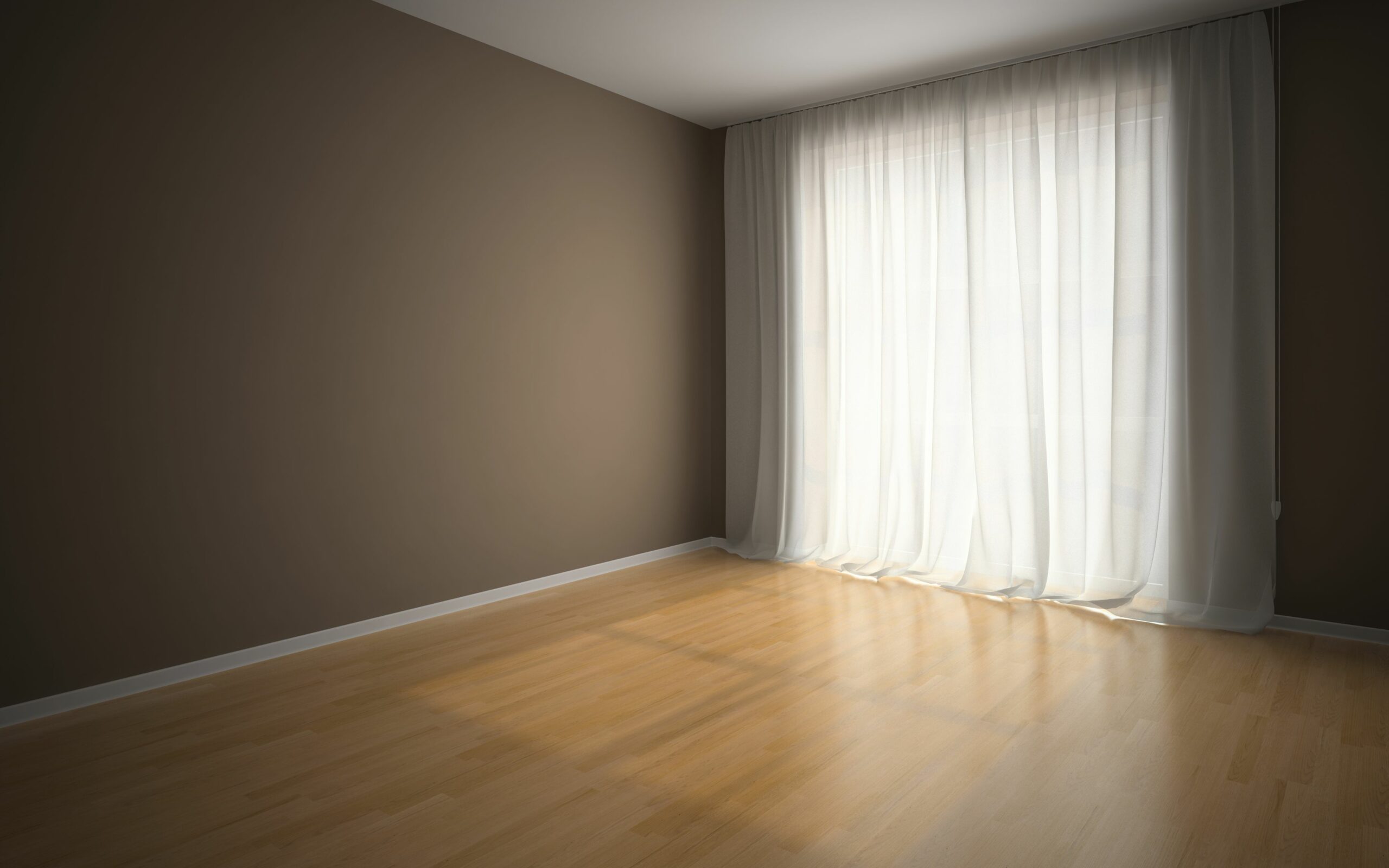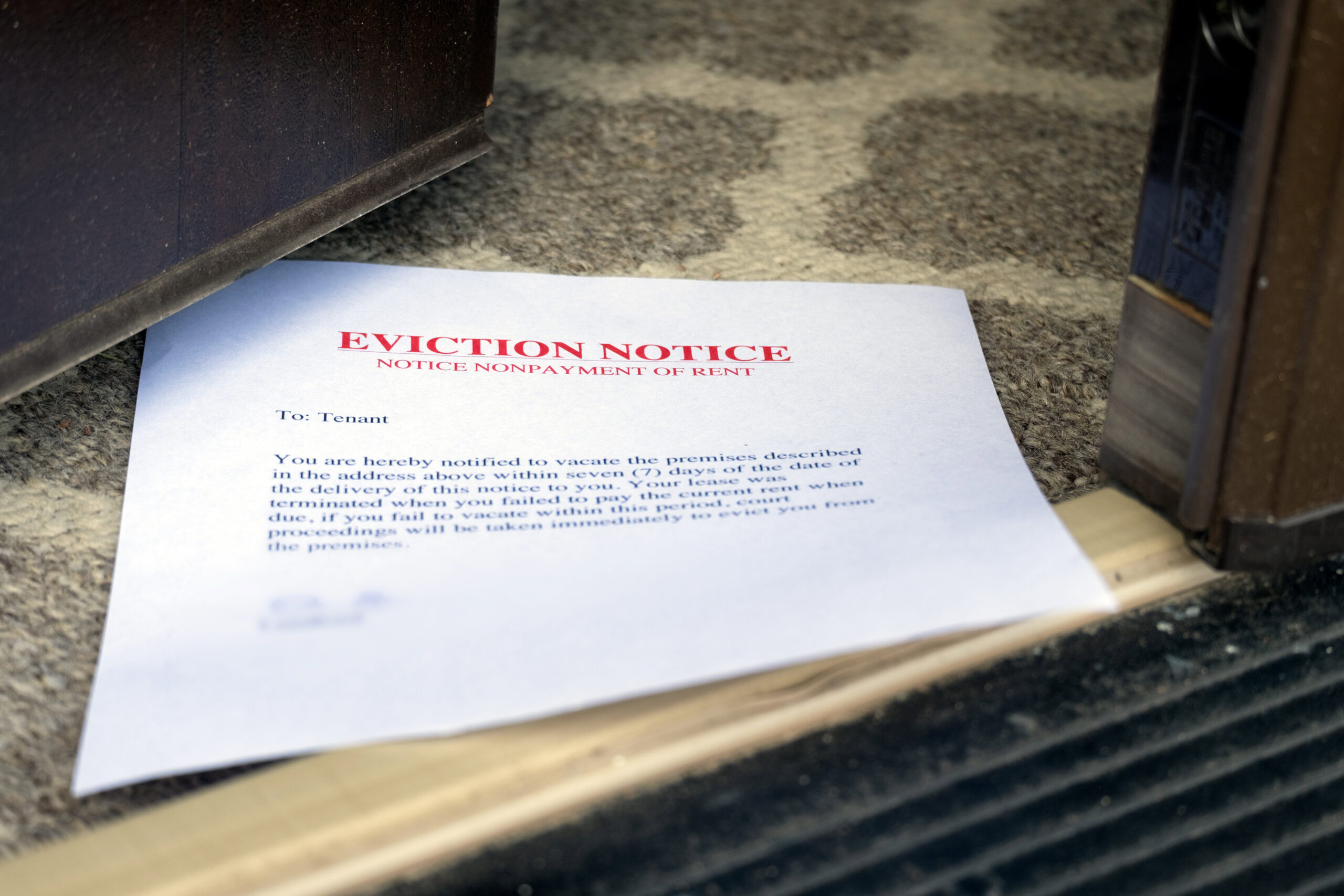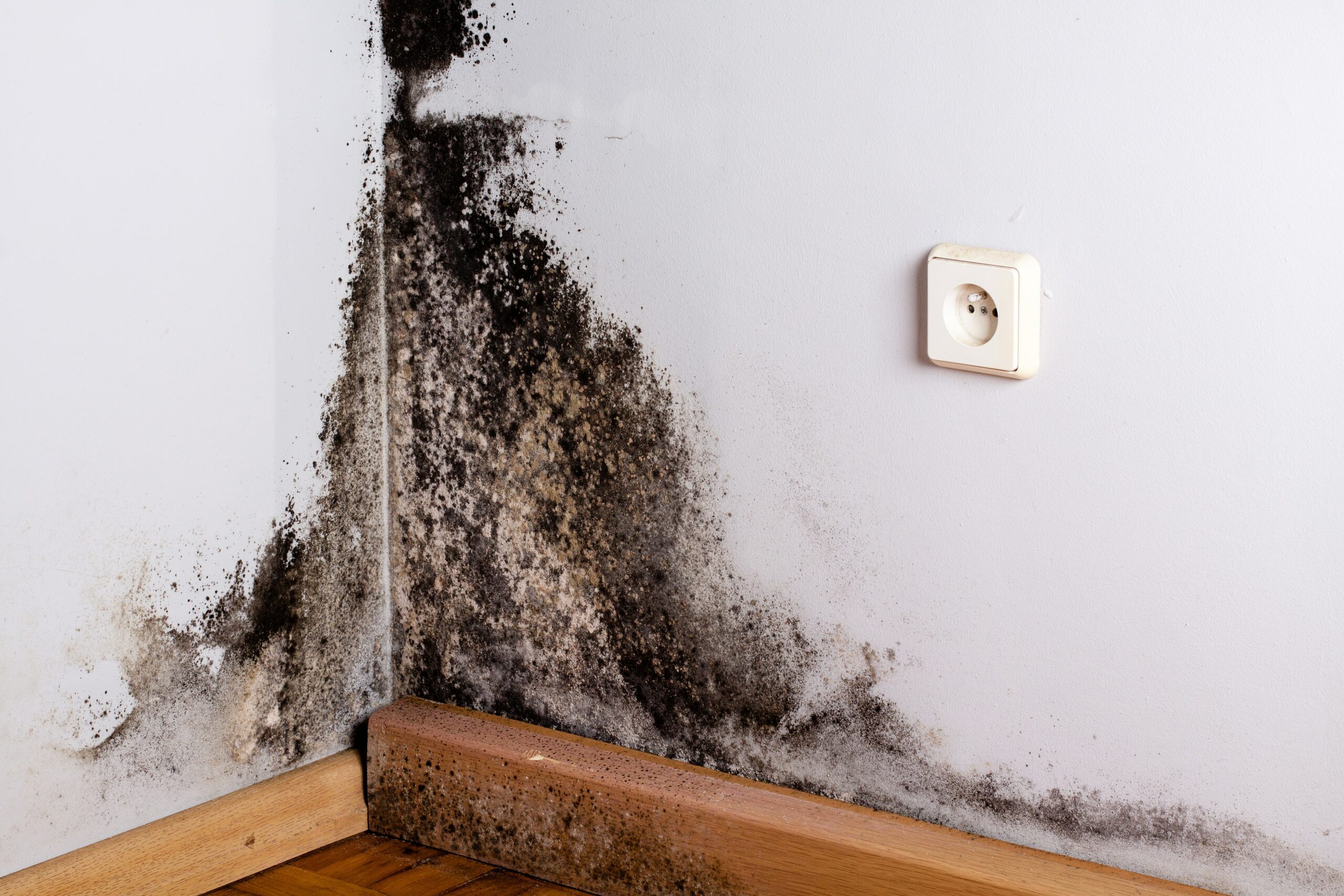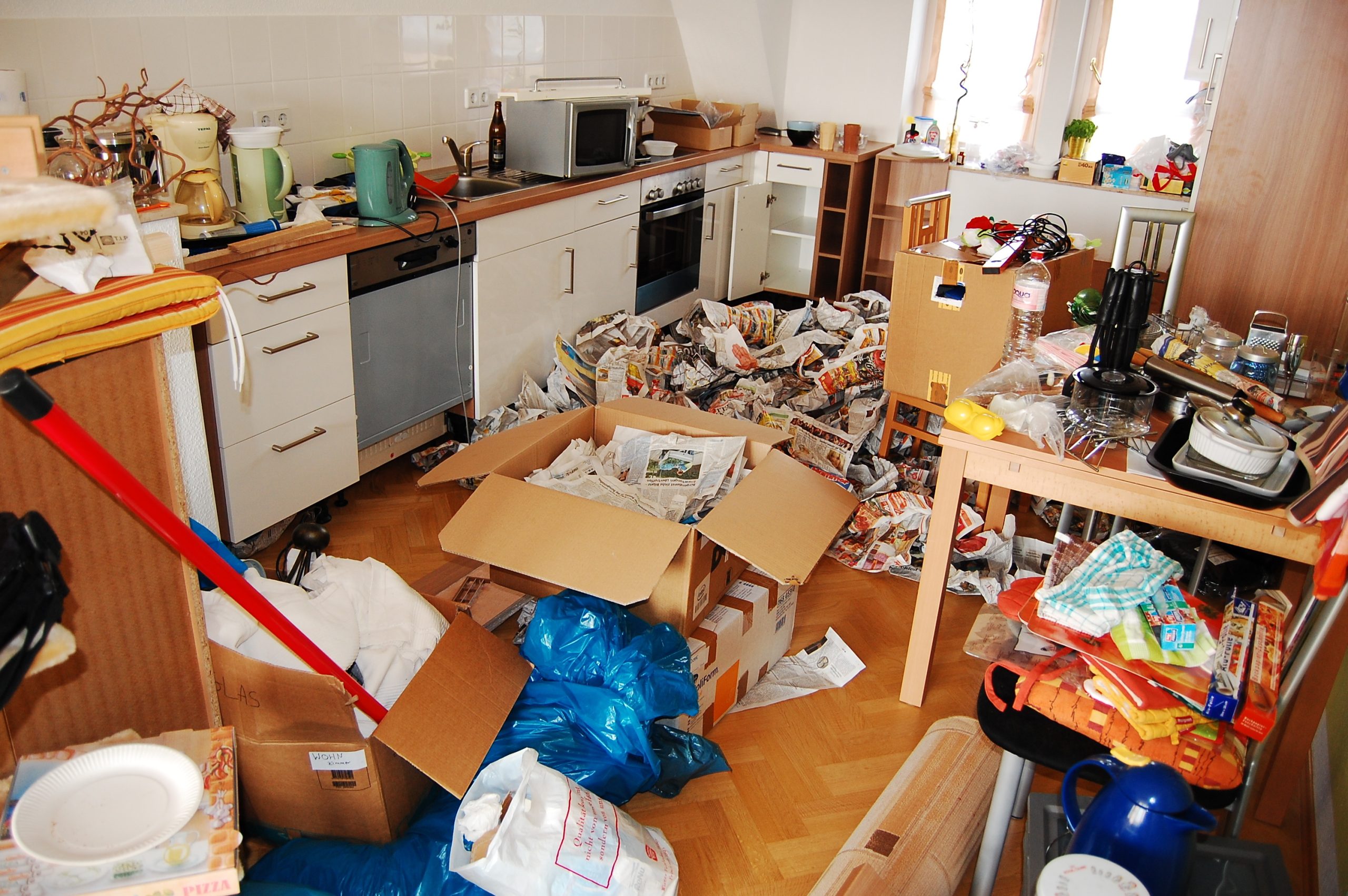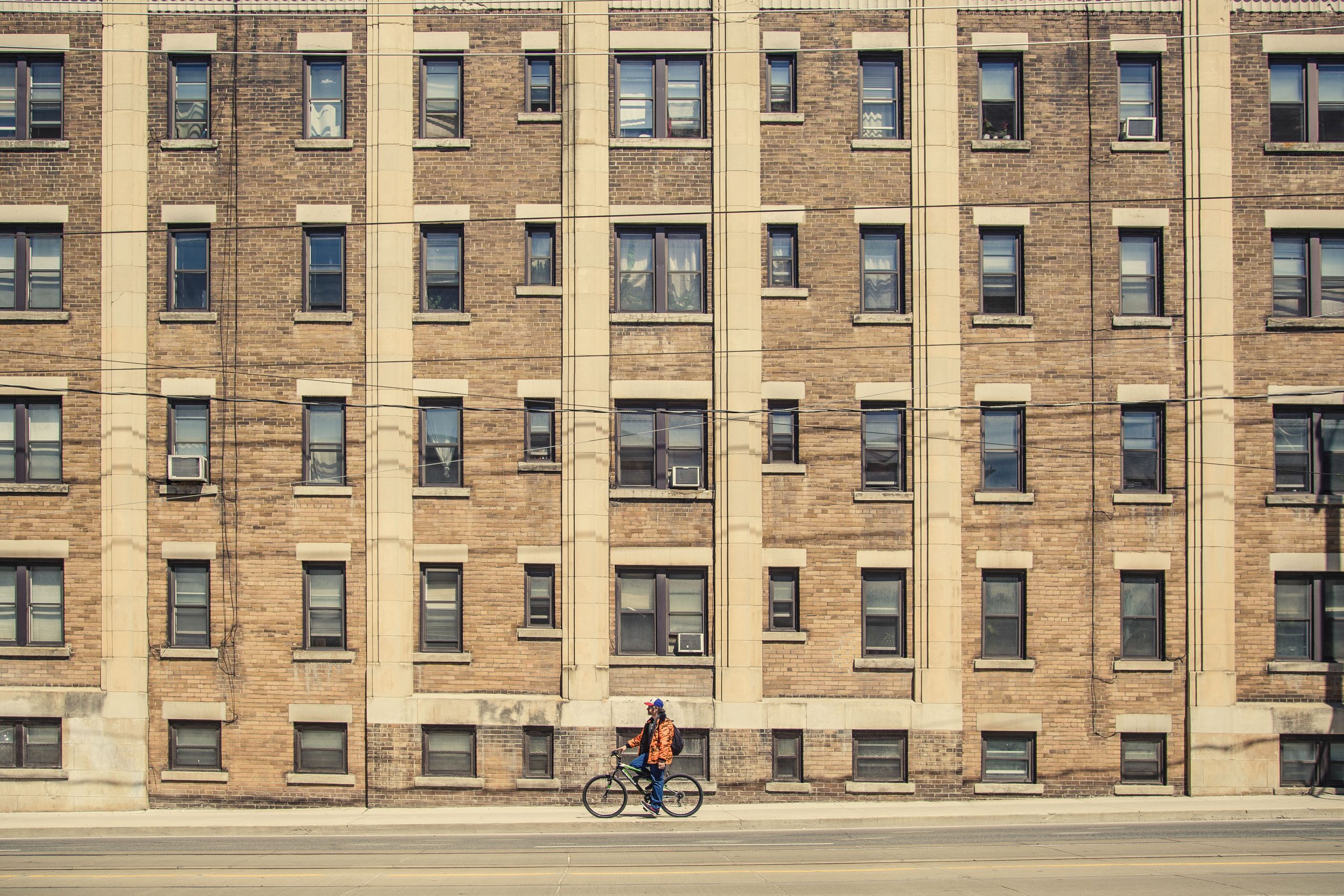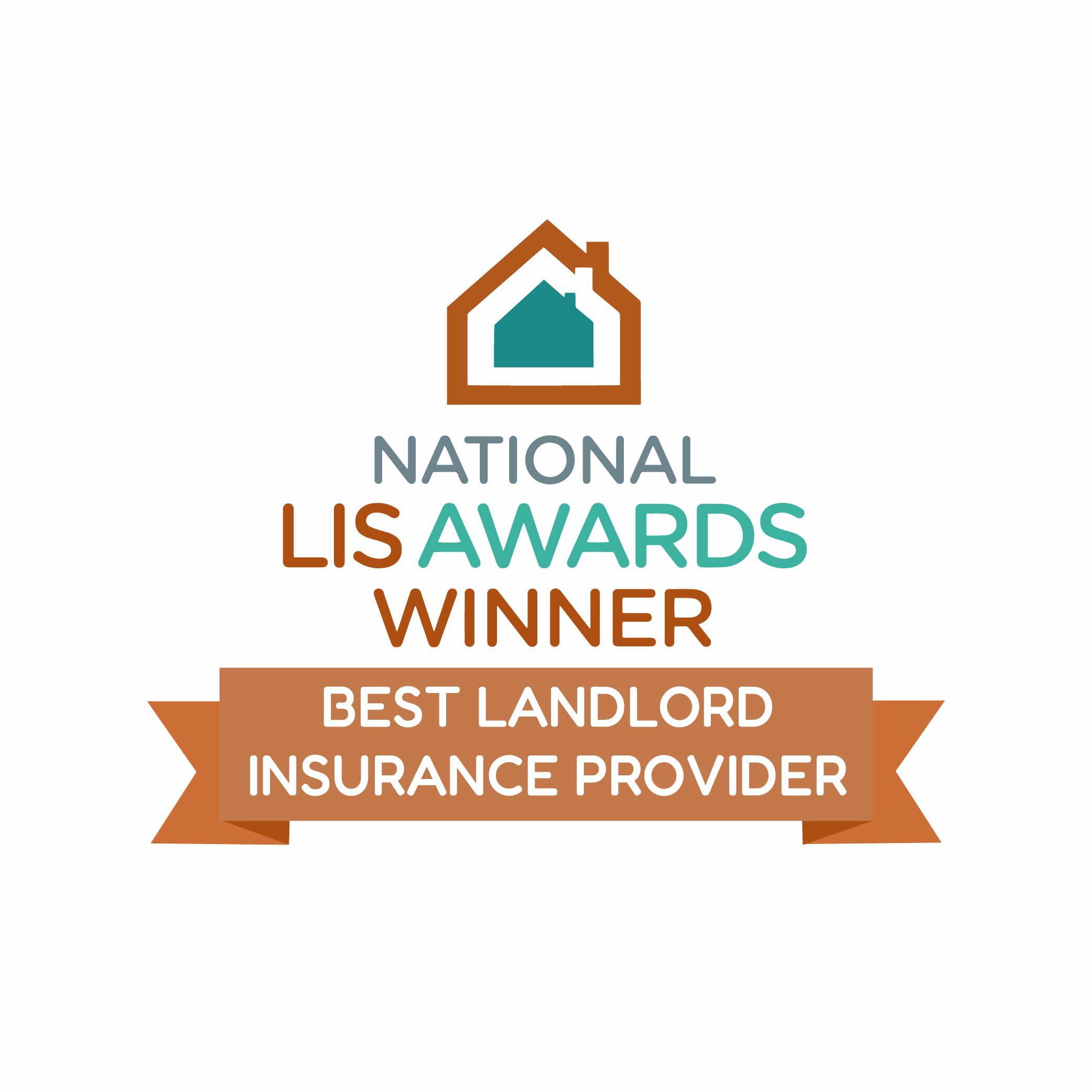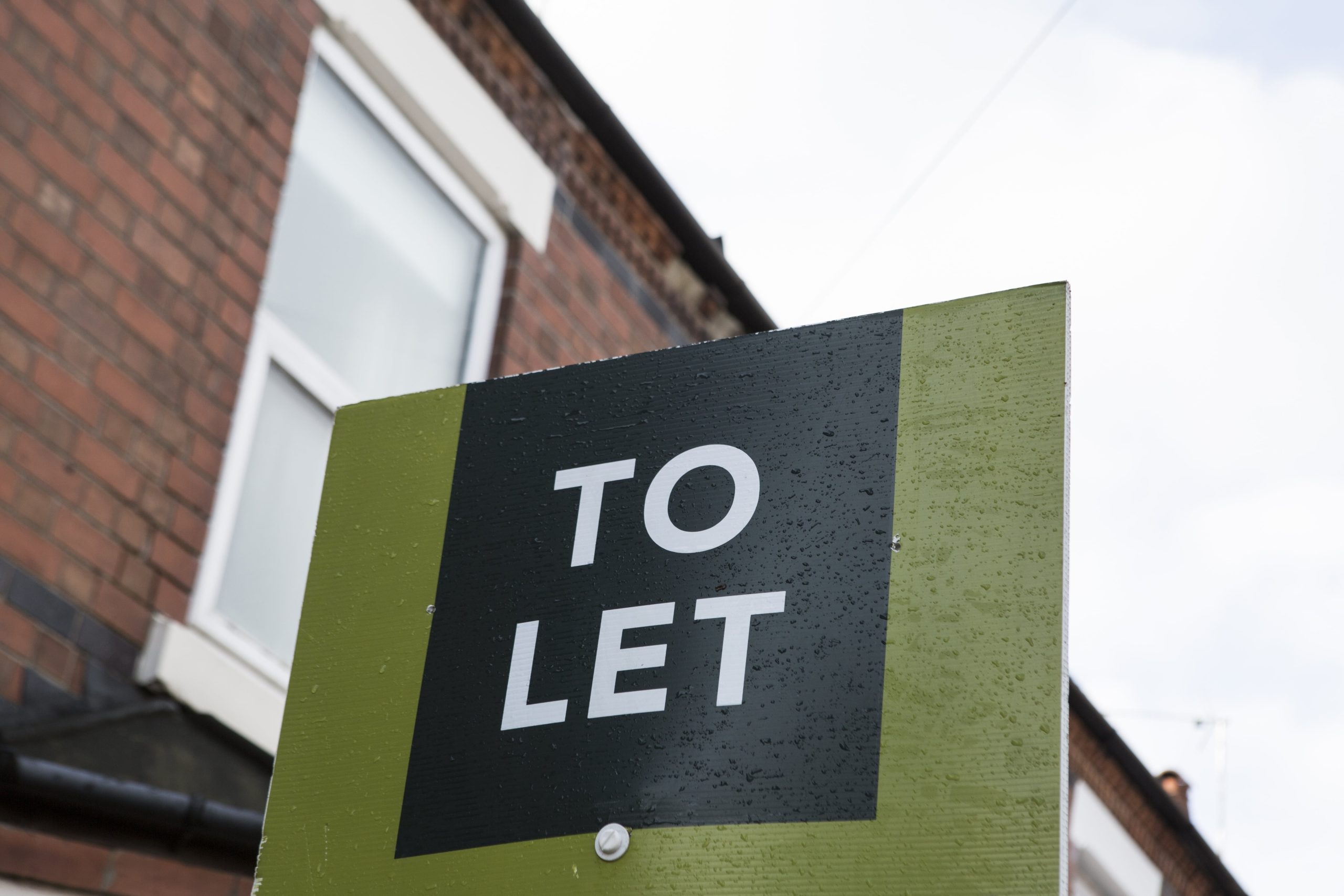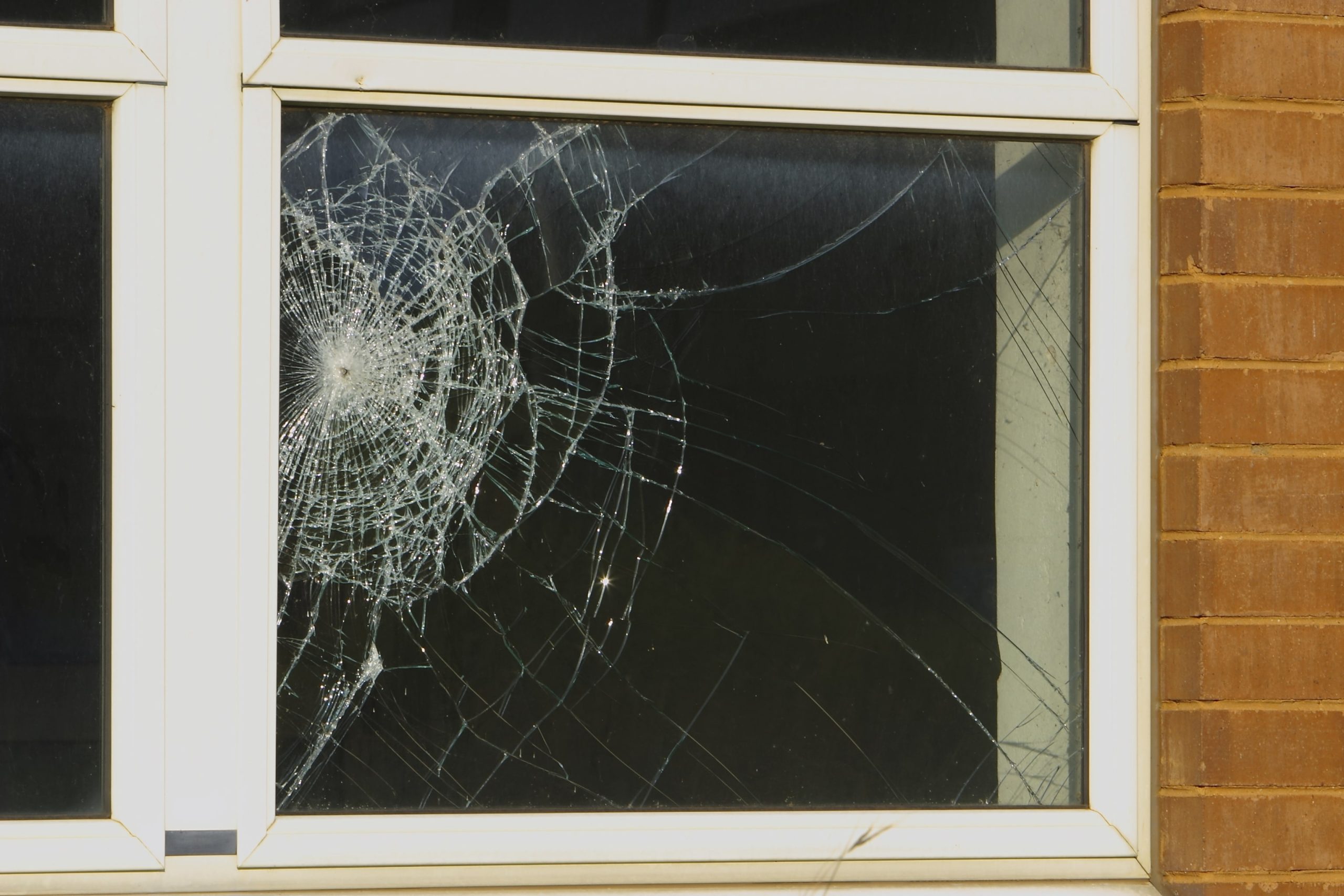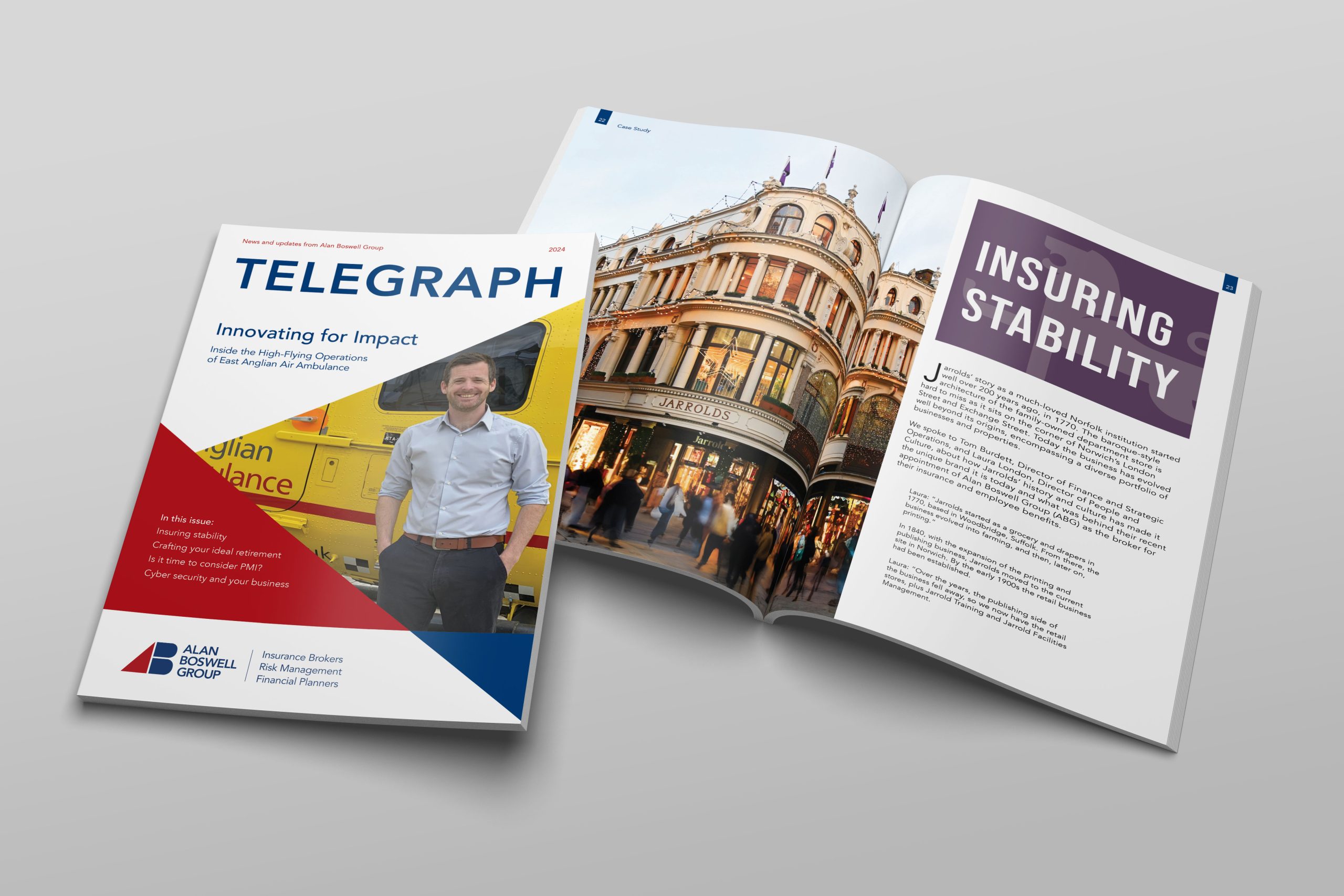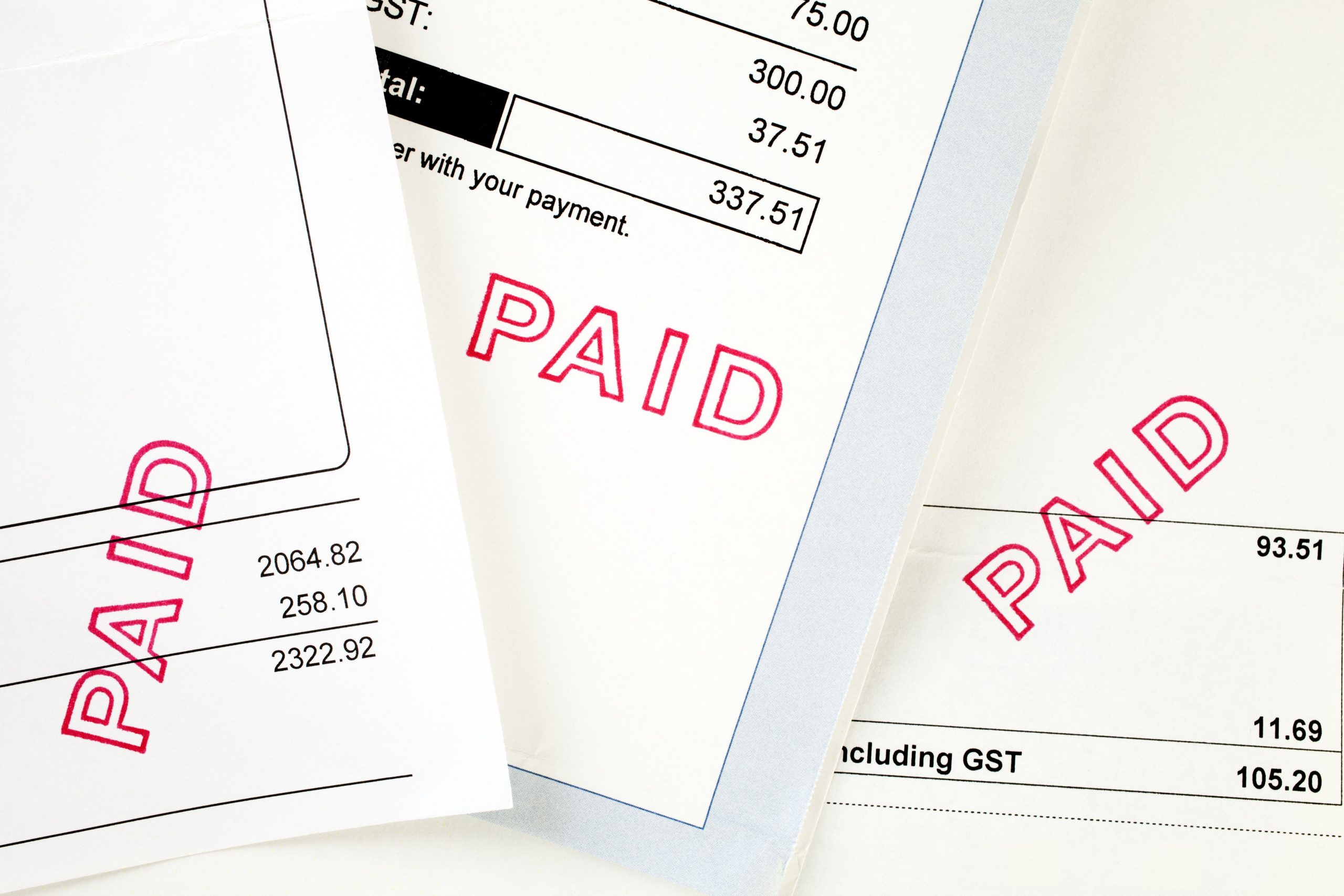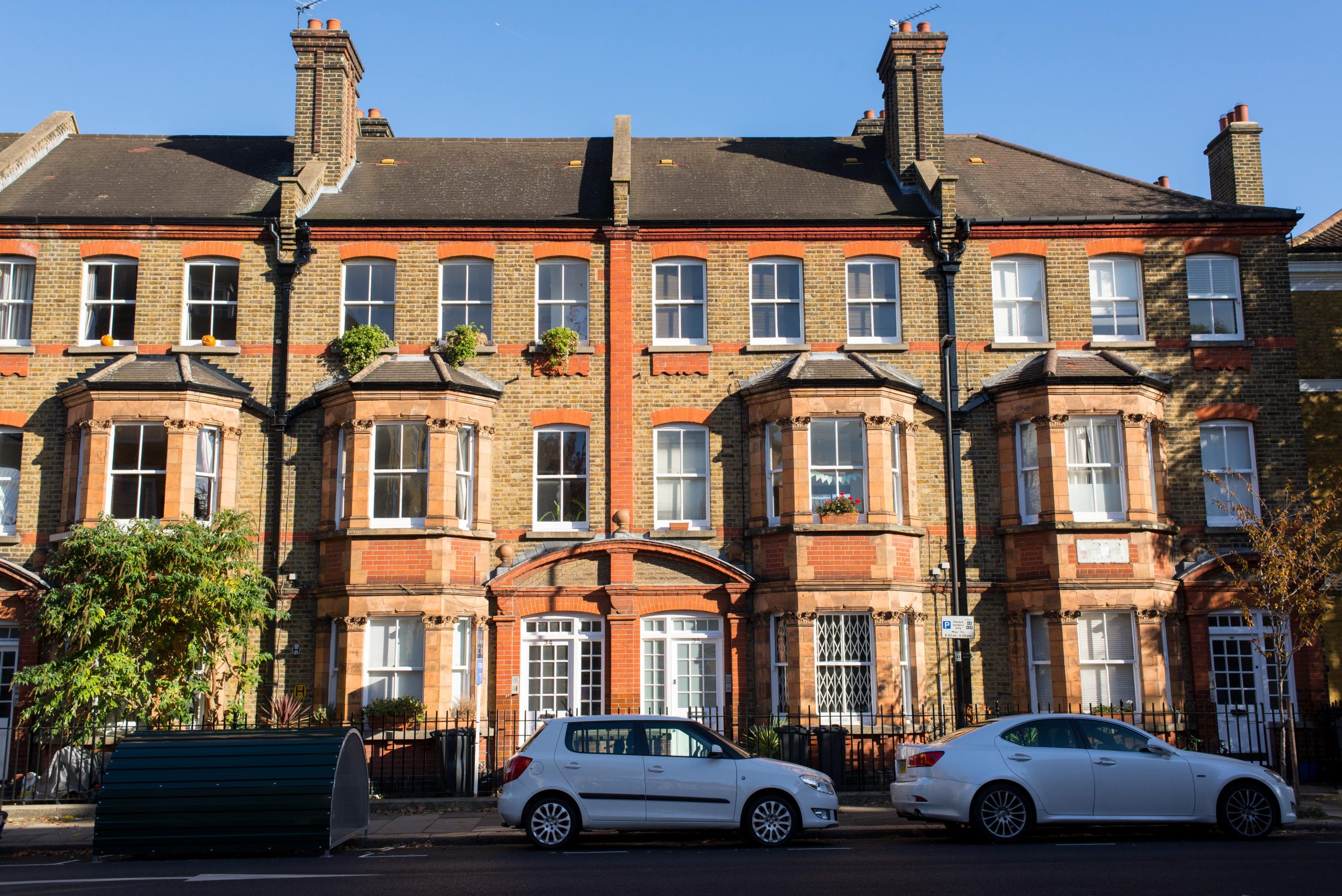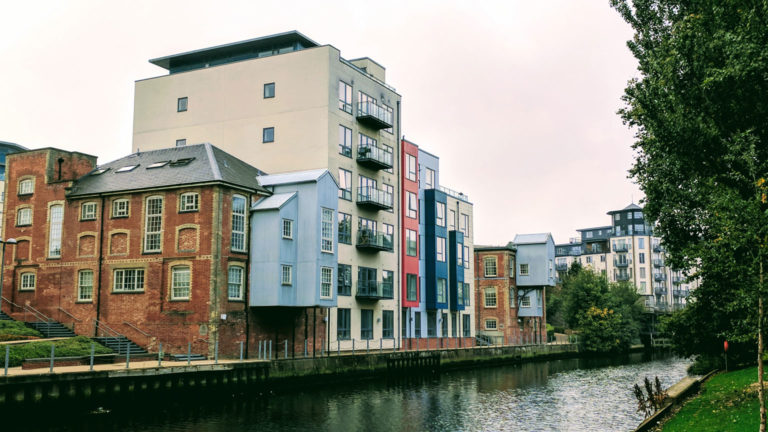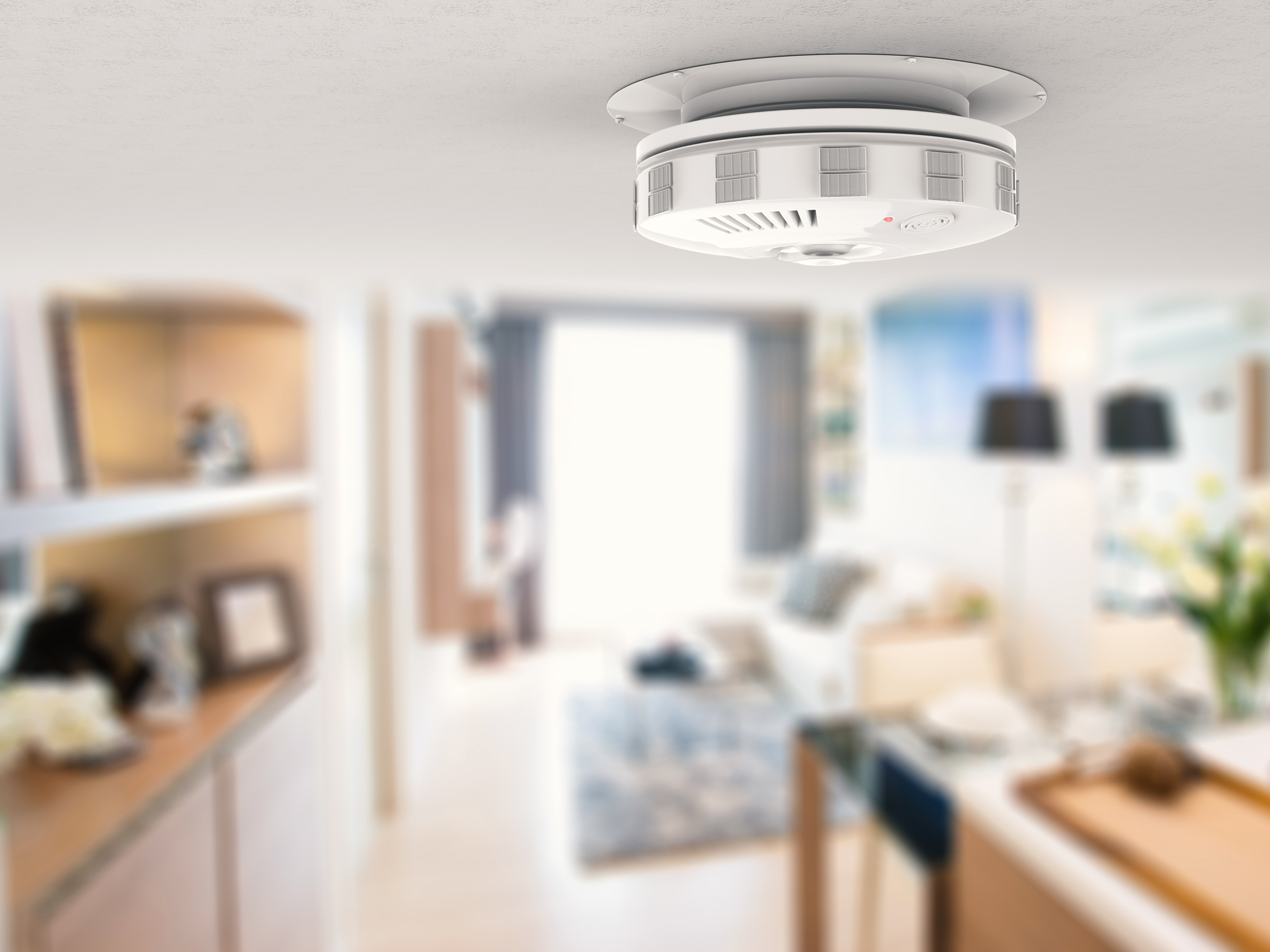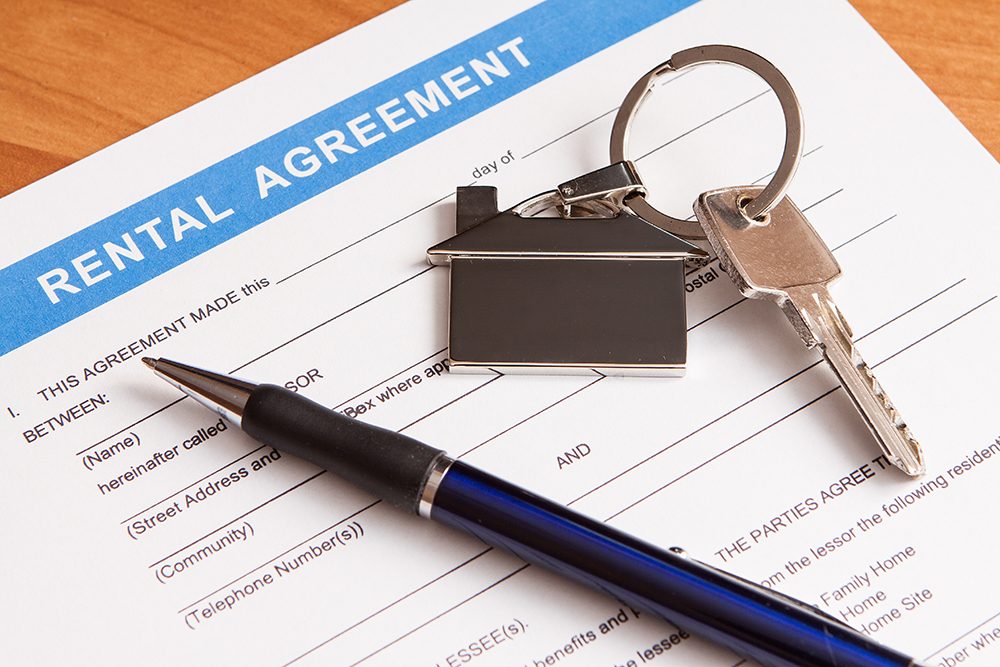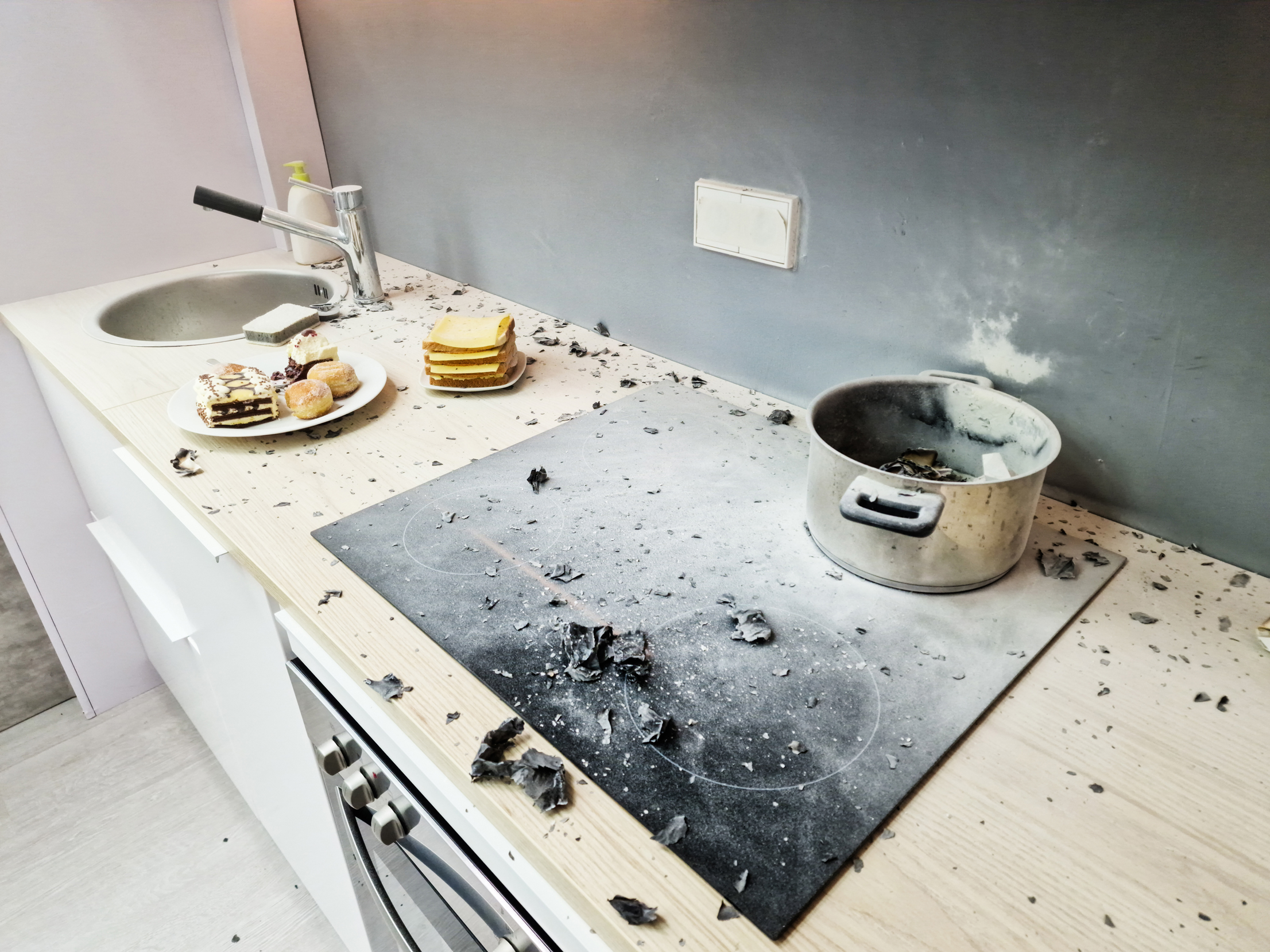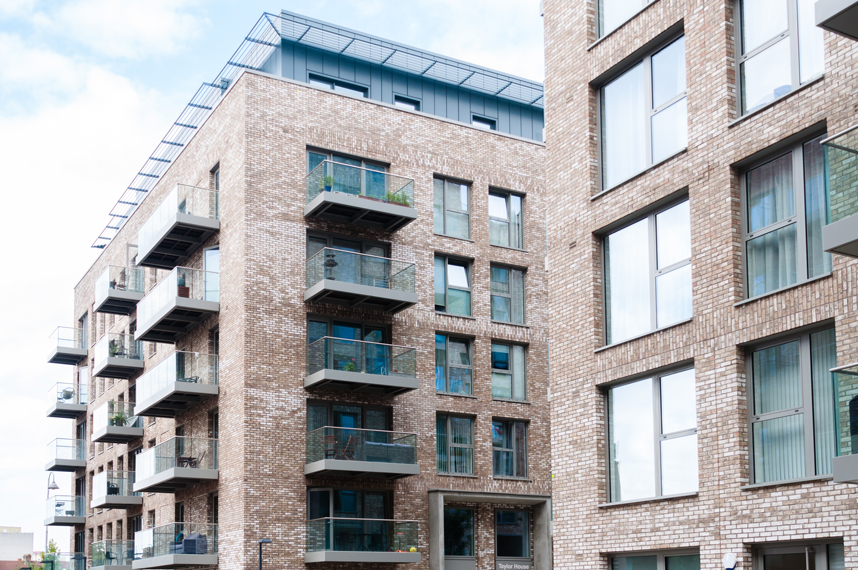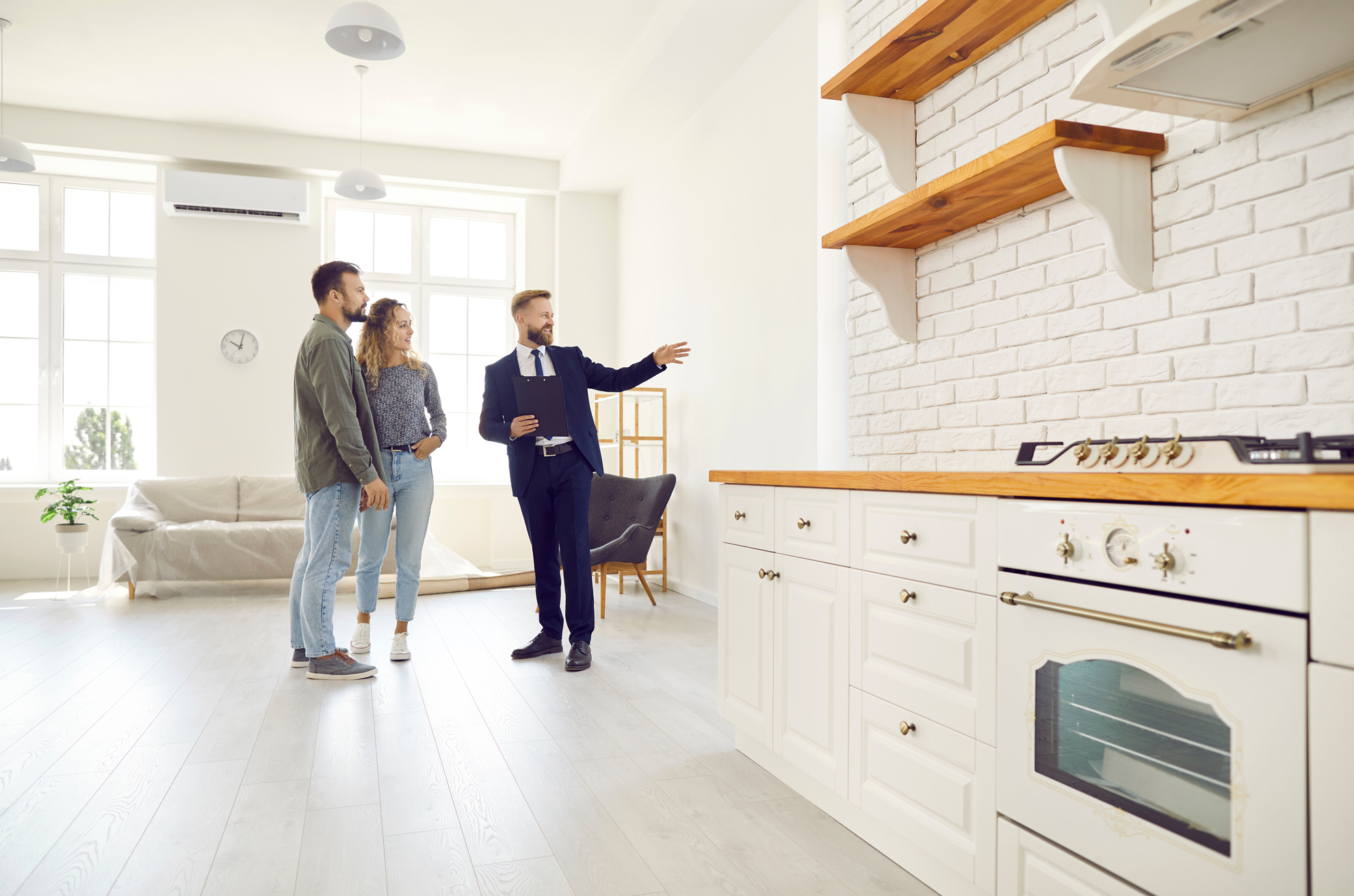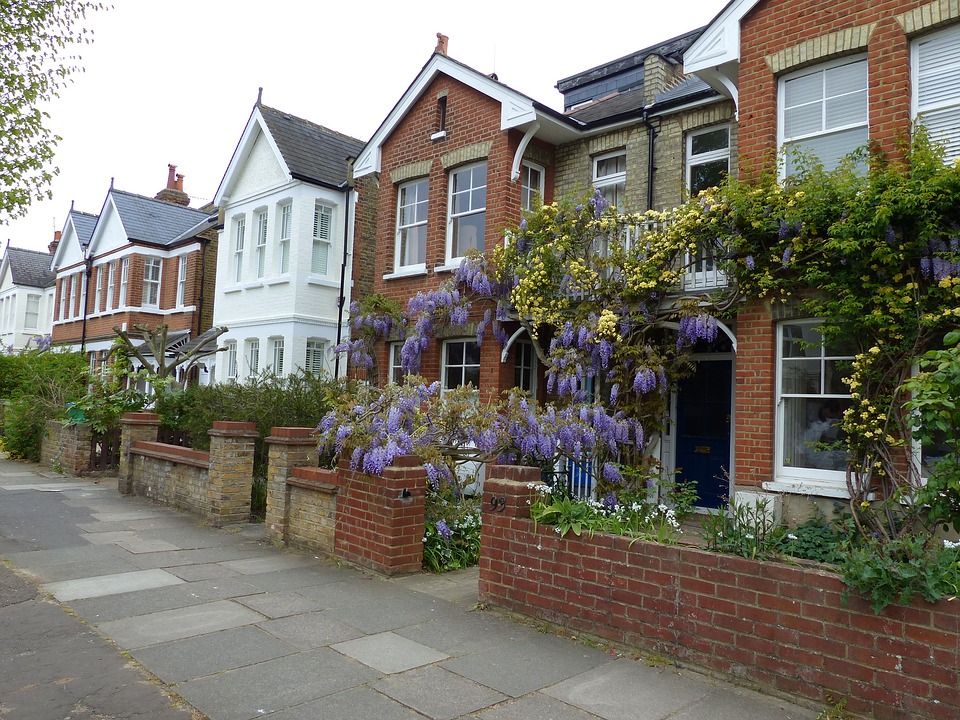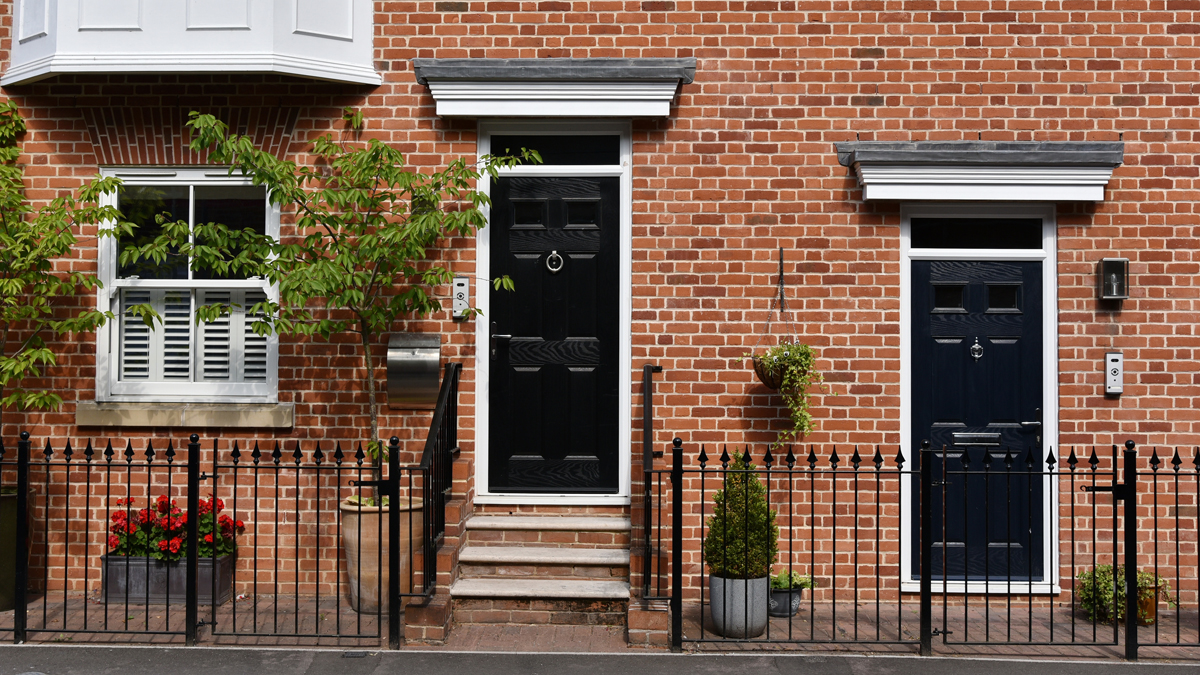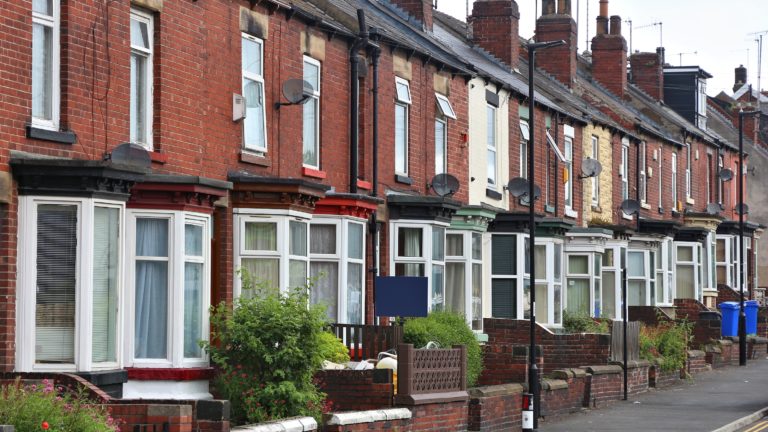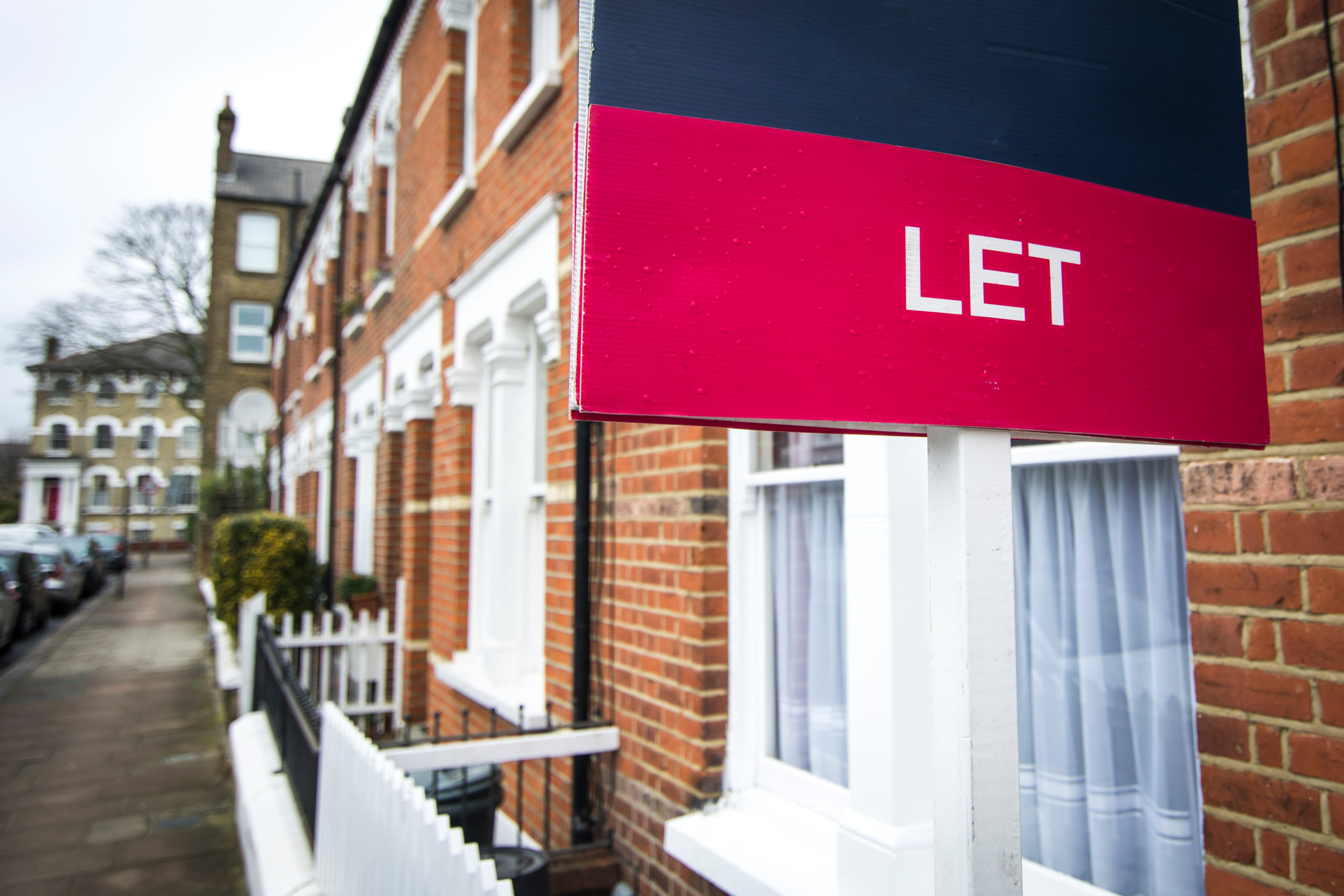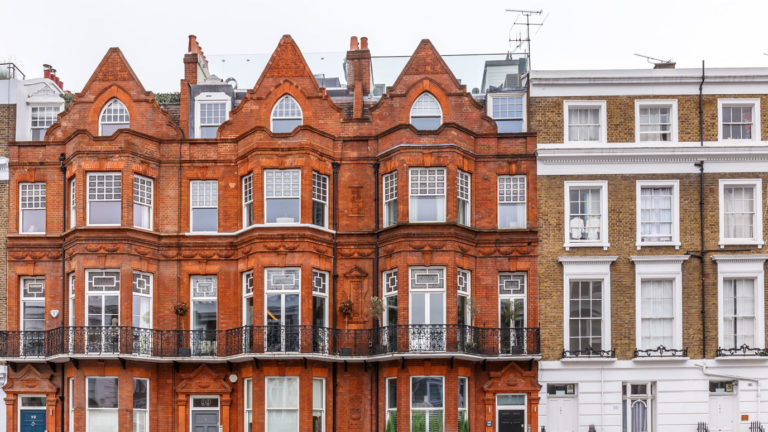Most private rental properties in the UK are unfurnished, but that doesn’t mean there’s no market for furnished homes. We look at the pros and cons of both, along with any associated tax implications. We’ll also explore insurance options so you can support landlords to keep their properties safe.
What do “furnished” and “unfurnished” mean in UK property rentals?
The terms “furnished” and “unfurnished” are rarely literal. What is or isn’t included is likely to vary according to what’s set out in the tenancy agreement. That said, here’s what landlords and tenants generally expect within each type of property:
Unfurnished property
Despite the description, unfurnished properties aren’t completely bare and typically include certain fixtures and fittings, such as:
- Carpets or other flooring
- Kitchen cupboards
- Fridge freezer
- Cooker and oven
- Bathroom suite
Unfurnished can also cover blinds or fitted wardrobes – items that cannot be easily removed from the property. Other electrical appliances may also be included, for example, a dishwasher or washing machine.
Furnished property
There’s no official or legal definition of what furnished or fully furnished means, and it often depends on the landlord and the type of property in question.
Generally, a furnished property will include fixtures and fittings, plus ‘removeable’ items that a homeowner might be expected to take with them if they moved out, for example:
- Beds and mattresses
- Dining table and chairs
- Free-standing wardrobes, chest of drawers
- Sofas and chairs
- Curtains or blinds
Some landlords may include kitchen items such as a microwave or kettle.
What does ‘part furnished’ mean?
Partially furnished rentals fall between furnished and unfurnished properties and, again, will depend on what the landlord chooses to provide.
As well as fixtures and fittings, a part-furnished property might include a bed, sofa, kitchen, or dining table and chairs. The tenant would then provide any other contents.
What fixtures and fittings are landlords legally obliged to provide?
Rental properties in England must include:
- at least one working smoke alarm on every floor;
- a carbon monoxide alarm in any room with a fixed combustion appliance (excluding gas cookers);
- working locks on external doors;
- light fittings;
- facilities for cooking (this is usually interpreted as a cooker, hob and oven, but the Landlord and Tenant Act 1985 doesn’t actually specify appliances);
- flooring that is safe to walk on;
- functioning sanitation (including a working toilet, sink, bath or shower);
- functioning heating and boiler for hot water.
Fundamentally, rentals must be ‘fit for human habitation’. If you’re providing a fully-managed service, you’ll also need to ensure any mandatory safety checks are carried out (such as gas and electrical safety checks).
What are the pros and cons of renting out a furnished or unfurnished property?
As with most things, there are benefits and drawbacks to renting out both furnished and unfurnished properties. What’s right for your landlord will depend on circumstances, for example, the type of property it is, who it’s aimed at, and what local market expectations dictate.
To help you advise landlords, we’ve summarised the pros and cons of both:
Pros of renting out a furnished property
- Can charge higher rent.
- Appeals to tenants as it provides convenience.
- Can attract tenants looking for short-term lets, including relocating professionals.
- Tenants can move in quickly.
Cons of renting out a furnished property
- Could make rent higher than the local market average.
- More expensive to maintain for landlords.
- Complex inventory and more complicated check-in and check-out reports.
- Could lead to disputes over malicious damage or theft.
- Less attractive to people who already have their own furniture.
- Potentially higher turnover of tenants as they may not feel as attached to the property.
- End of tenancy cleaningis more involved.
- Landlords will need more comprehensive landlord contents insurance.
Pros of renting out an unfurnished property
- Tenants may stay longer as they can make it feel like home with their own furniture.
- Lower long-term costs for landlords, as there is no need to buy or maintain furniture regularly.
- Fewer items that can be damaged by the tenant.
- You may get a council tax discount on empty and unfurnished properties (depending on your local council’s rules).
- Lower insurance costs because there is less to cover.
- Simpler end-of-tenancy cleaning.
Cons of renting out an unfurnished property?
- Can’t charge as much compared to furnished properties.
- May not appeal to some types of tenants (for example, students or people with no furniture).
- Could lead to longer void periods, as it appeals to fewer people.
What safety standards apply to both furnished and unfurnished properties?
Regardless of whether a property is furnished or unfurnished, landlords have responsibilities, particularly when it comes to safety standards.
If you’re contracted to act on a landlord’s behalf, you’ll need to make sure that your agency meets these obligations, including:
- carrying out gas safety checks annually;
- arranging an electrical safety certificate every five years;
- providing an EPC certificate;
- making sure tenants have the right to rent property;
- providing tenants with the How to Rent guide.
Don’t forget that landlords must also meet fire safety regulations and provide a working smoke alarm on every floor. Every room with a fixed combustion appliance also needs to have a carbon monoxide detector.
Any furniture provided must also meet the fire-resistant requirements outlined in the Furniture and Furnishings (Fire) (Safety) Regulations.
Are there differences in tenancy agreements for furnished and unfurnished properties?
Tenancy agreements for both furnished and unfurnished properties are very similar.
The main difference is that agreements for furnished properties will include details about who is responsible for what items. Tenancy agreements may also have clauses that specify the need for regular property inspections and include a detailed inventory.
How do insurance requirements vary between furnished and unfurnished properties?
Typically, landlords have landlord buildings insurance regardless of whether the property is furnished or unfurnished. These policies cover the building itself, along with any permanent fixtures and fittings, such as pipes, plumbing, and heating systems.
Buildings insurance isn’t something landlords need by law, but it’s often a condition of a buy-to-let mortgage. Having a policy in place can also give landlords peace of mind, knowing that their investment is protected should the unexpected happen.
Any contents provided by the landlord should be covered under a landlord contents insurance policy. The level of cover they need will vary according to what they provide in the property. For example, landlords with unfurnished properties may only need a low level of cover for items such as fridges, carpets, cookers, ovens, or hobs.
The more contents provided, the higher the level of cover needed. If landlords need help calculating the value of items, you can point them to our contents calculator.
Do furnished properties affect landlord tax obligations?
Up until 2016, landlords could claim a ‘wear and tear’ allowance (calculated at 10% of their annual rental income). This is no longer the case, but landlords can claim for ‘replacement of domestic items relief’ for both furnished and unfurnished properties.
Domestic items relief allows landlords to claim the cost of replacement items (plus transportation and installation costs). Landlords can also claim for the cost of disposing of the old item.
There are specific conditions that landlords must meet to make a successful claim for domestic items relief, which can be found at GOV.UK, property income manual.
Examples of what landlords can claim for include:
- Moveable furniture (beds, sofas, tables)
- Soft furnishings (carpets, curtains)
- Appliances (washing machine, fridge freezer)
- Kitchenware (utensils, crockery, cutlery)
Don’t forget that furnished properties don’t typically qualify for any council tax discounts or exemptions (unlike some unfurnished properties, depending on local council rules).
If landlords are concerned about their tax obligations, you can direct them to our landlord tax guide, which looks at Stamp Duty, allowable expenses, and Capital Gains Tax.
Helping you support landlords
There are numerous pros and cons to letting out both furnished and unfurnished properties. What’s right for your landlords will depend on their circumstances.
From an insurance perspective, it’s worth reminding landlords that furnished properties require more comprehensive landlord contents insurance.
For more information about how we can help you to support landlords with tailored insurance, speak to a member of our team on 01603 649727.
Information provided in this article was correct at the time of publication. This article is intended as a guide only. Please note that legislation does change, it is always best to check the most up to date guidance on gov.uk.


